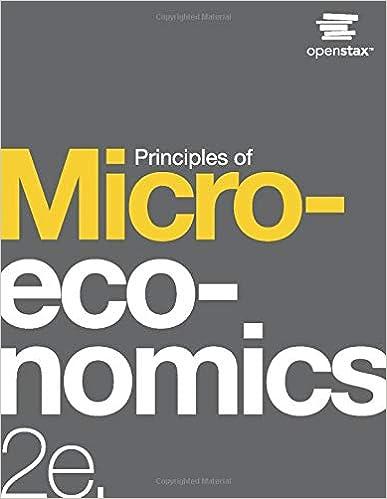Question
Consider an economy that initially has a labor force of 2000 workers. Of these workers, 1900 are employed and each works 40 hours per week.
Consider an economy that initially has a labor force of 2000 workers. Of these workers, 1900 are employed and each works 40 hours per week. Ten units of output are produced by each hour of labor a. What is the total number of hours worked per week in the economy? What is the total output per week in the economy? What is the unemployment rate? b. The economy enters a recession. Employment falls by 4%, and the number of hours per week worked by each employed worker falls by 2.5%. In addition, 0.2% of the labor force becomes discouraged at the prospect of finding a job and leaves the labor force. Finally, suppose that whenever total hours fall by 1%, total output falls by 1.4%. After the recession begins, what is the size of the labor force? How many workers are unemployed and what is the unemployment rate? What is the total output per week in the economy? By what percentage has total output fallen relative to the initial situation? What is the value of the Okun's law coefficient relating the loss of output to the increase in the unemployment rate?
Step by Step Solution
There are 3 Steps involved in it
Step: 1

Get Instant Access to Expert-Tailored Solutions
See step-by-step solutions with expert insights and AI powered tools for academic success
Step: 2

Step: 3

Ace Your Homework with AI
Get the answers you need in no time with our AI-driven, step-by-step assistance
Get Started


